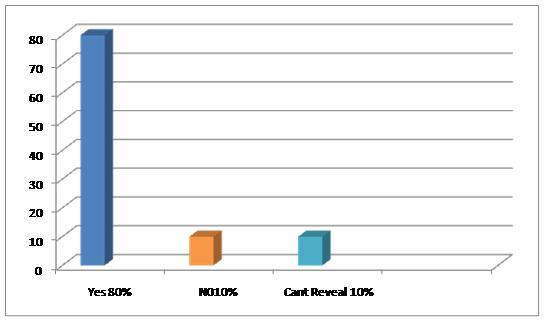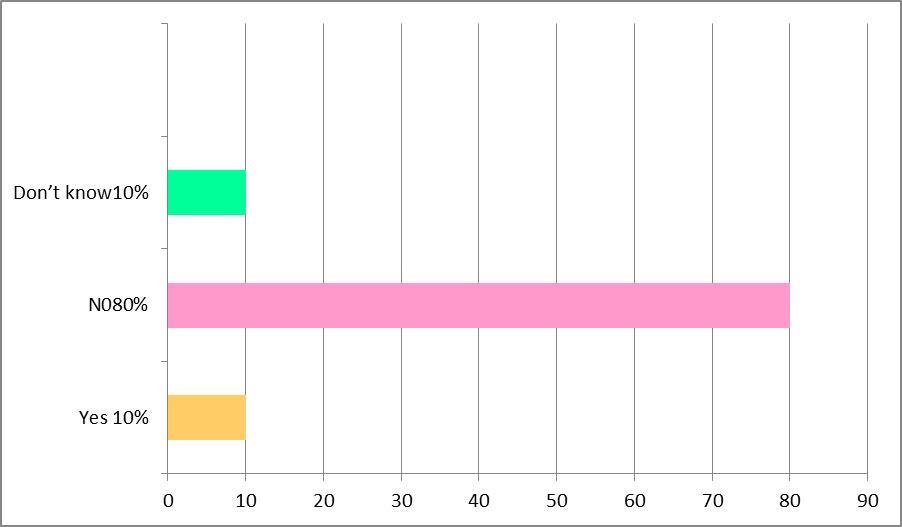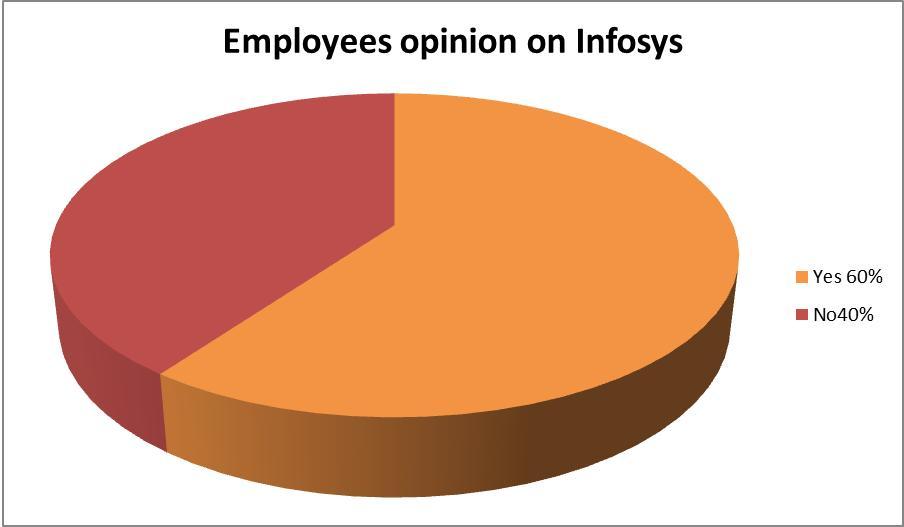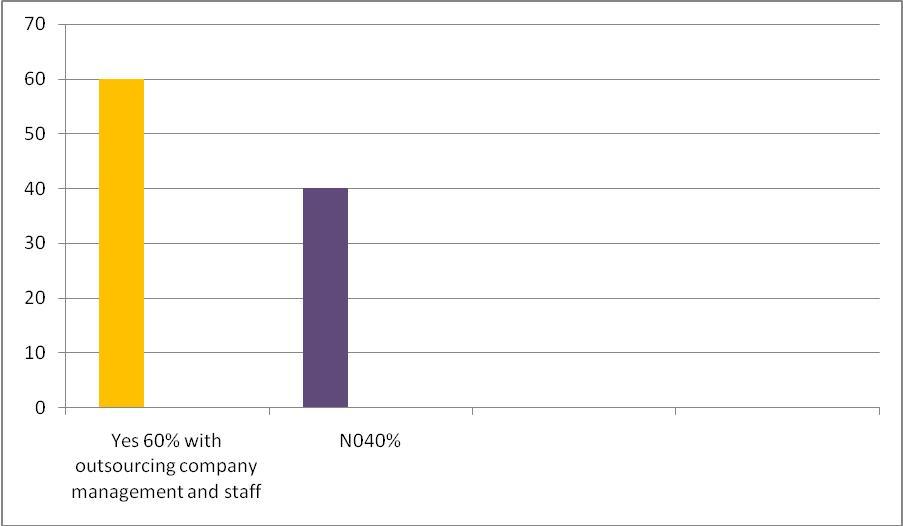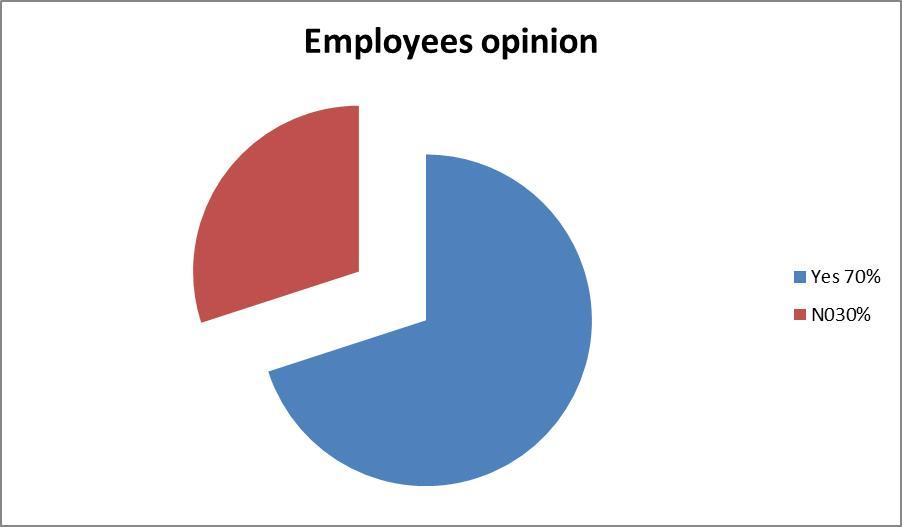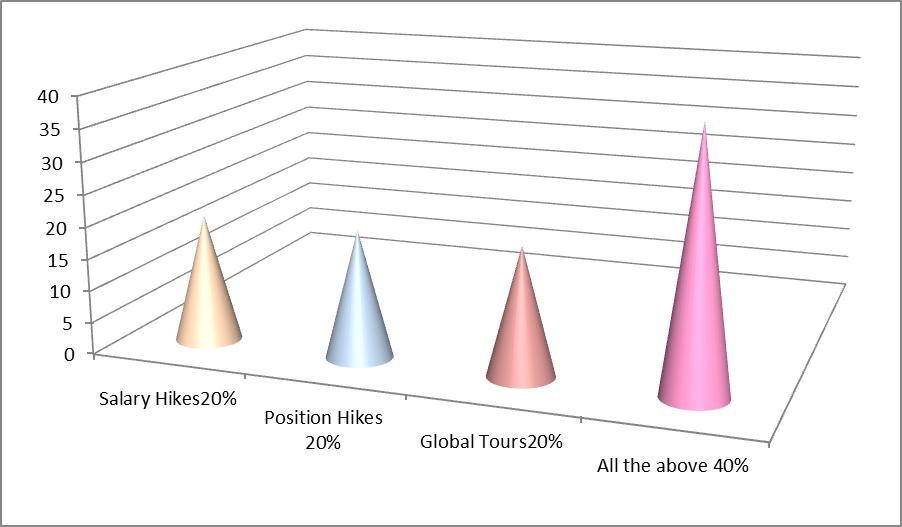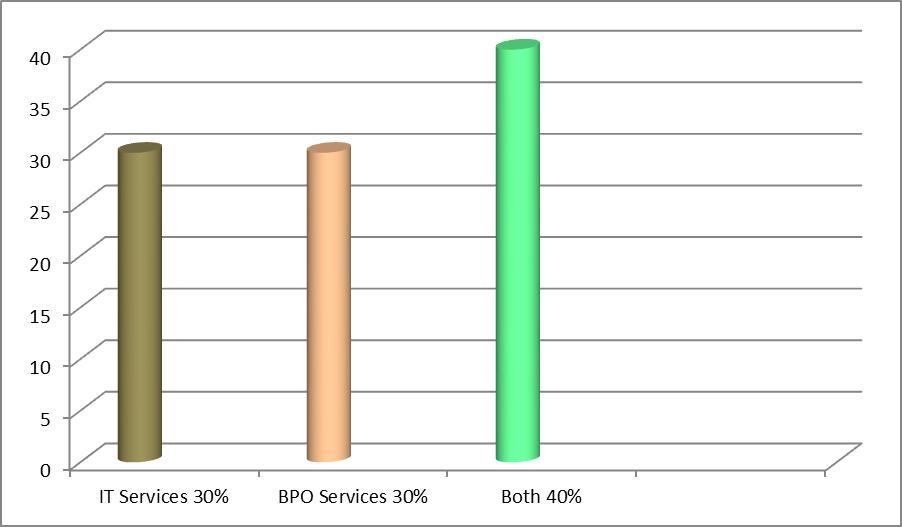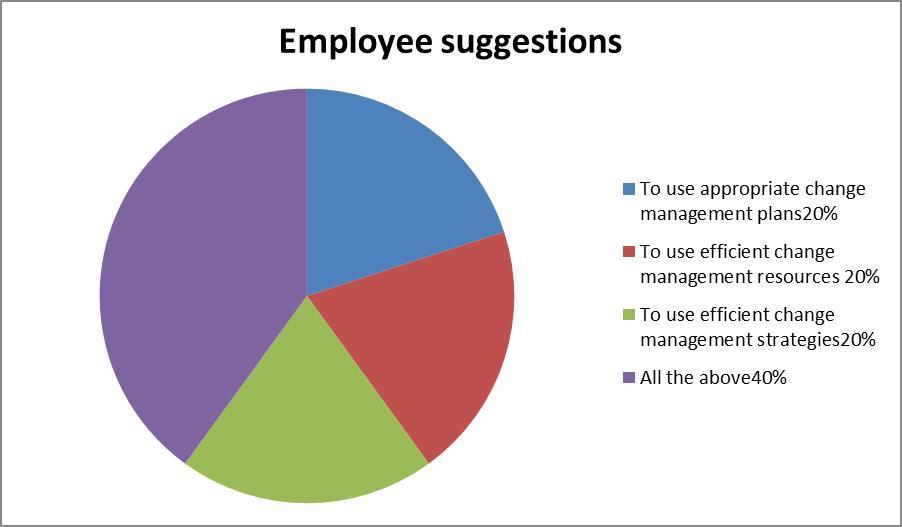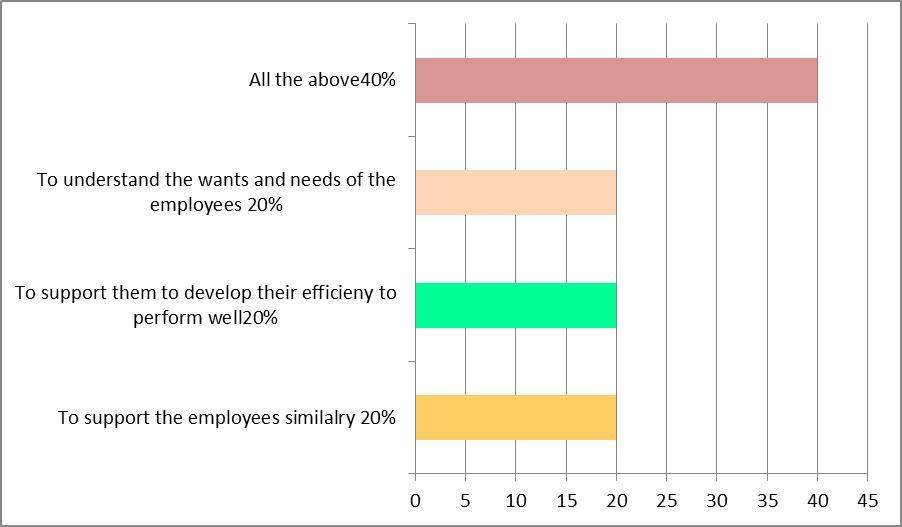Findings from the interview with service employees
Challenges faced by part-time international student employees
The responses of service employees are gathered through semi-structured interviews to present as challenges faced by them. When interviewed about the difficulties faced by him in dealing with customers, Employee A said:
“I have been working as a part-time employee for the last six months. I am from India and I used to struggle to pick the slang of local customers. I used to ask some customers to repeat their words. This irked many customers and as a result of that I received negative feedback from the customers when they mentioned their views in the feedback form. However, I slowly improved with time and now I am quite comfortable in picking up the slang of local customers. In my early days I was shocked to see a customer complaining that I am rude. I was shocked because I felt that I didn’t speak in a rude manner. When I spoke to my department manager, I was asked whether I missed some of the words like “thank you”, “hello”, “sorry”, “please” and “cheers” in my conversation. I came to know then that I rarely used those words. My manager explained the importance of such words in my communication style.”
Employee B :.
“I have been working in the store for the last two months. I found my job challenging when I was put in a situation where I had to rush while dealing with customers. This hampers my ability to effectively deliver the intended service to the customers. Besides that, I had to tell lies at times to convince the customer in order to encourage buying. This is a kind of gamble as it carries the risk of attaining negative feedback if they spot out that I am lying. But if can convince them, my performance is enhanced in terms of the number of items sold per month.”
Employee C:
“I have been working in the store for the last four months. At times, I had to face some tough situations when I had to incur the wrath of the employees. It is very challenging to stay calm so as to not match their turn .”

